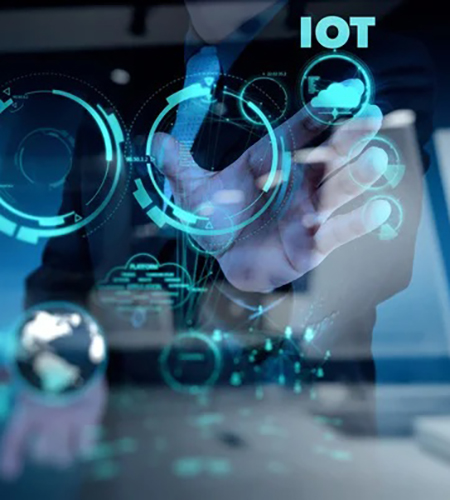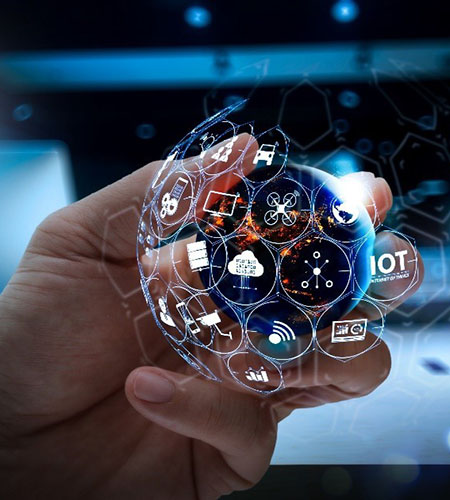Despite the numerous benefits of IoT technology, there are challenges and security concerns that need to be addressed. The vast amount of data generated by interconnected devices raises privacy issues, while the potential for cyberattacks on IoT systems poses a significant threat. Ensuring data security, privacy protection, and regulatory compliance are critical considerations in the deployment of IoT solutions.
As the Internet of Things (IoT) continues to expand and integrate into various industries, it also brings forth a myriad of challenges and security concerns that must be addressed. One of the primary challenges of the IoT is the sheer volume of devices and data that are interconnected, creating complex ecosystems that can be difficult to manage and secure.
As IoT technology continues to evolve, new trends and opportunities are emerging that have the potential to shape the future of connected devices. Edge computing, artificial intelligence, and 5G connectivity are driving innovation in IoT applications, enabling faster data processing, improved decision-making, and enhanced user experiences. The integration of these technologies presents exciting possibilities for the expansion of IoT ecosystems and the development of new use cases.


